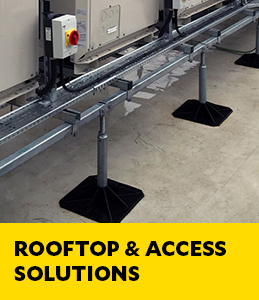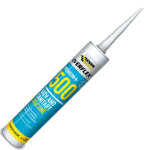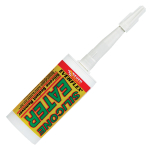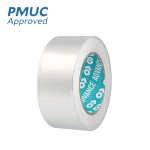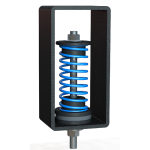Pull Tests, What Are They & Do I Need One?
Posted on 24-08-2023
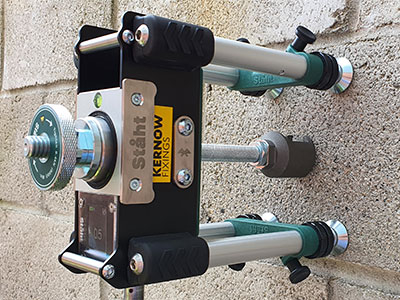 Pull testing is an important requirement for most concrete anchor installations, however it’s an area that can often cause confusion and misunderstanding, particularly in relation to which type of pull test is required (there are 2 main types). So with this in mind, here’s a quick overview of the basics:
Pull testing is an important requirement for most concrete anchor installations, however it’s an area that can often cause confusion and misunderstanding, particularly in relation to which type of pull test is required (there are 2 main types). So with this in mind, here’s a quick overview of the basics:
What is a Pull Test?
To put it simply, a pull test is a procedure where a special tool is attached to an installed anchor and a force applied to test the strength of the anchor within the substrate.
The term 'pull test' is often used to refer to various anchor tests carried out on site as required by BS 8539. The two key reasons for pull tests are either to validate the quality of the anchors already installed or to determine the suitability of specific anchors in a particular substrate material prior to installation. These two key tests are as follows:
- Proof Testing:
A proof test is a test on a concrete anchor to ensure it has been installed correctly and will safely hold the load that is required.
Proof testing involves attaching a hydraulic testing tool onto the anchor and applying a specific increased force (1.25x the working load), checking that the anchor remains in place and doesn’t ‘pull out’. This test is required when the specified anchors have already been installed into a known substrate.
A minimum of 2.5% (1 in 40) of the anchors need to be tested, unless there is a failure, in which case this percentage increases to 5%. Should another failure occur, then 100% of the installed anchors will need to be tested, but at this point it is worth questioning the quality of the installation.
Proof tests are the most frequently required form of pull test.
- Suitability Testing:
These tests are usually undertaken during the design / specification stages of a project, before installation. This is to ascertain the suitability of a fixing when there is no manufacturer's data to refer to for the particular substrate in question. With no available data, these pull tests tests also determine the allowable resistance (maximum working load) of the anchors intended for installation in the base material.
Tests for suitability and to determine allowable loads are less common than proof tests.
Do I need a Proof Test?
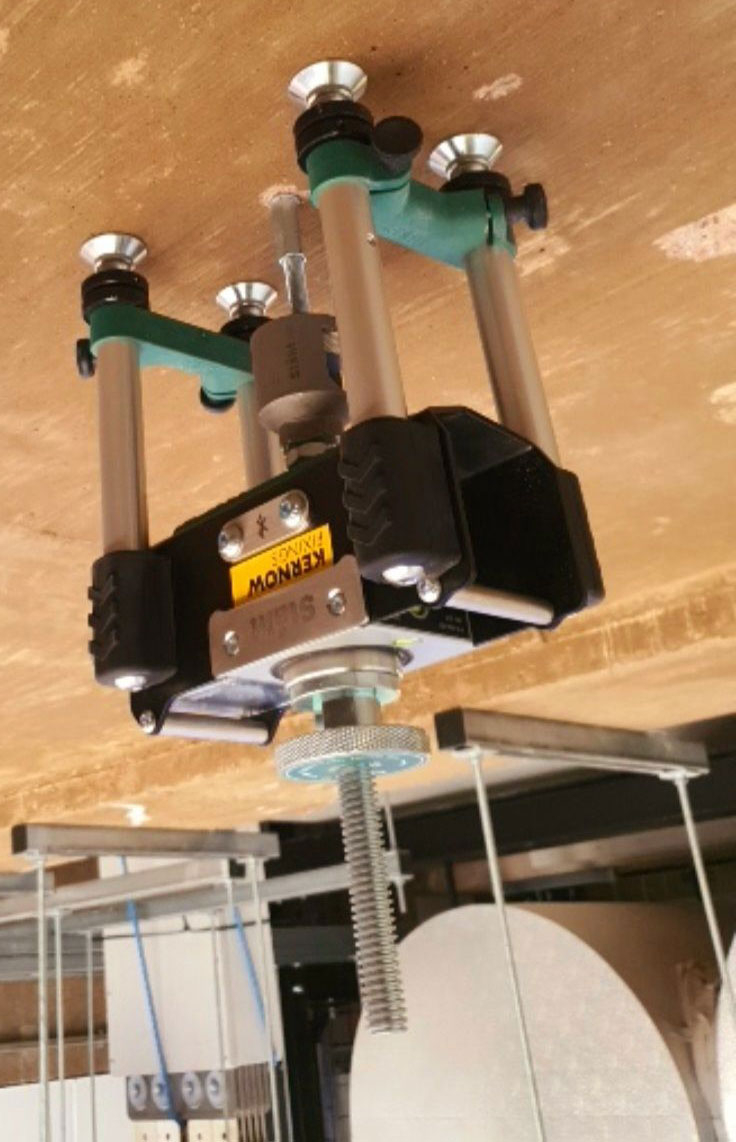
If anchors have already been installed, the chances are a proof test is required. BS 8539:2012+A1:2021 states that proof testing should be carried out on a sample of anchors from ALL jobs where anchors have already been used. The only time a pull test isn't required is when ETA fixings have been used and installed in exact accordance with their supporting documentation and BS 8539:2012 +A1:2021.
I'm only installing Temporary Fixings, do I still need a Proof Test?
Yes. For every non-ETA certified anchor, proof tests will be required. The difference is the quantity of anchors that need to be tested. As per CFA recommendations, a minimum of 5% (1 in 20) temporary anchors will need to be tested compared to 2.5% of permanent anchors.
Did you know Kernow offer Fixing Proof Testing Services?
Kernow have a number of trained and certified field specialists covering the UK who can support you by carrying out on-site proof tests, ensuring fixings compliance on your project. Following every pull test, you’ll immediately receive a digital report showing full test results along with a set of photos.
If you require proof testing to be carried out on your project, or simply would like more information on pull testing, do get in touch with one of the team!
Quick Quote

 Pull testing is an important requirement for most concrete anchor installations, however it’s an area that can often cause confusion and misunderstanding, particularly in relation to which type of pull test is required (there are 2 main types). So with this in mind, here’s a quick overview of the basics:
Pull testing is an important requirement for most concrete anchor installations, however it’s an area that can often cause confusion and misunderstanding, particularly in relation to which type of pull test is required (there are 2 main types). So with this in mind, here’s a quick overview of the basics:
